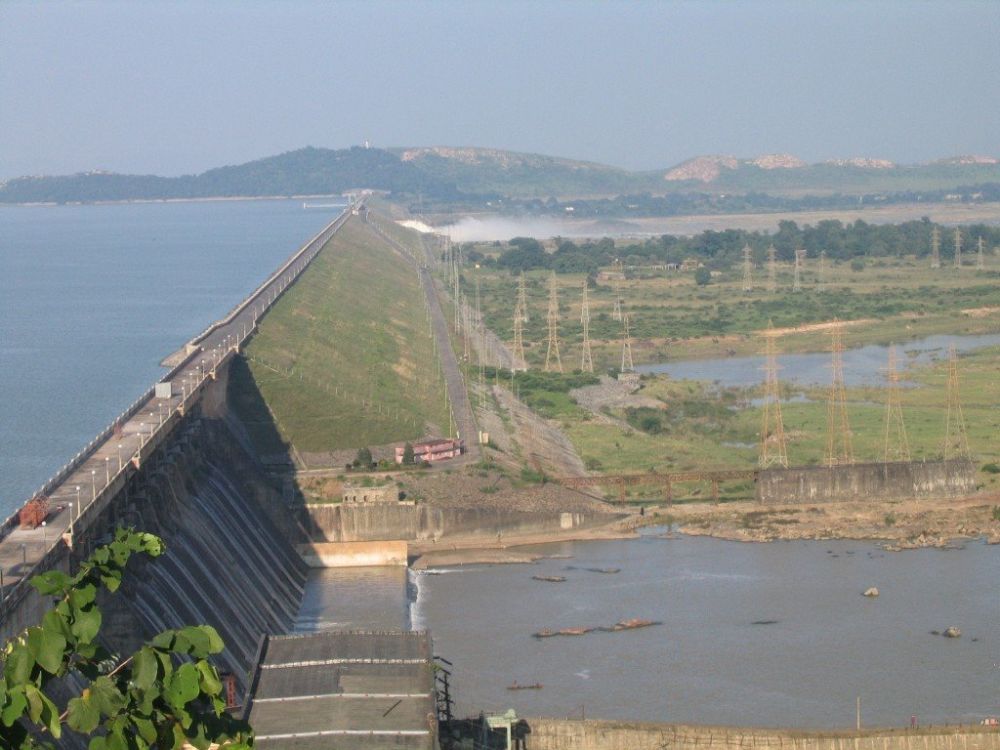

Built across the Mahanadi River, near Sambalpur in the state of Odisha, India, Hirakud Dam is one of the first major multipurpose river valley projects started after India's independence. The dam's construction began in 1948 and was completed in 1957. Over the years, Hirakud Dam has not only become a pivotal source of irrigation and electricity for the region but also an emerging spot for tourism.
The history of tourism for Hirakud Dam surged when people started to visit the site to witness the engineering marvel that it is. Spanning a length of about 25.8 km including dykes, Hirakud Dam is one of the longest dams in the world and has a significant place in India’s infrastructural development narrative. Interest in the dam's architecture and the scenic beauty of the surrounding area, including a vast reservoir and the evergreen hills, was the initial draw for visitors.
Over the years, several attractions have been developed to boost tourism around the Hirakud Dam. The Gandhi Minar and Nehru Minar, two observation towers offering panoramic views of the massive reservoir, are among the popular sites. Moreover, the Debrigarh Wildlife Sanctuary, spread across the dam’s periphery, has intensified tourism in the region by attracting wildlife enthusiasts and nature lovers.
Realizing the potential for tourism, the government and local authorities have made several improvements to attract more visitors. These include better roads, enhanced visitor facilities such as resorts and guest houses, as well as adventure activities like boating in the reservoir. These initiatives have led to increased tourist footfall, further promoting the region's economy. The Hirakud Mahotsav, an annual festival showcasing local art, culture, and cuisine, further adds to the appeal of the dam as a tourist destination.
Recently, there has been a focus on sustainable and eco-friendly tourism practices in the area surrounding Hirakud Dam. Local authorities have been working on developing eco-tourism with minimal environmental impact. This includes promoting local culture and crafts, and harnessing the potential of the Debrigarh Wildlife Sanctuary for wildlife watching and eco-tourism initiatives.
In the digital age, social media and online marketing have played a significant role in enhancing the visibility of Hirakud Dam as a tourist hub. Digital campaigns showcasing the beauty and attractions of the dam have invited interest from across the globe, tapping into new demographic segments of tourists such as millennials and digital nomads.
Hirakud Dam's journey from a mere infrastructural project to a significant tourist destination reflects the dynamic interplay between progress, nature, and culture. The continuous efforts to develop this region while keeping sustainability in focus ensure that it will remain an important marker in the tourism map of Odisha, and India, for years to come.